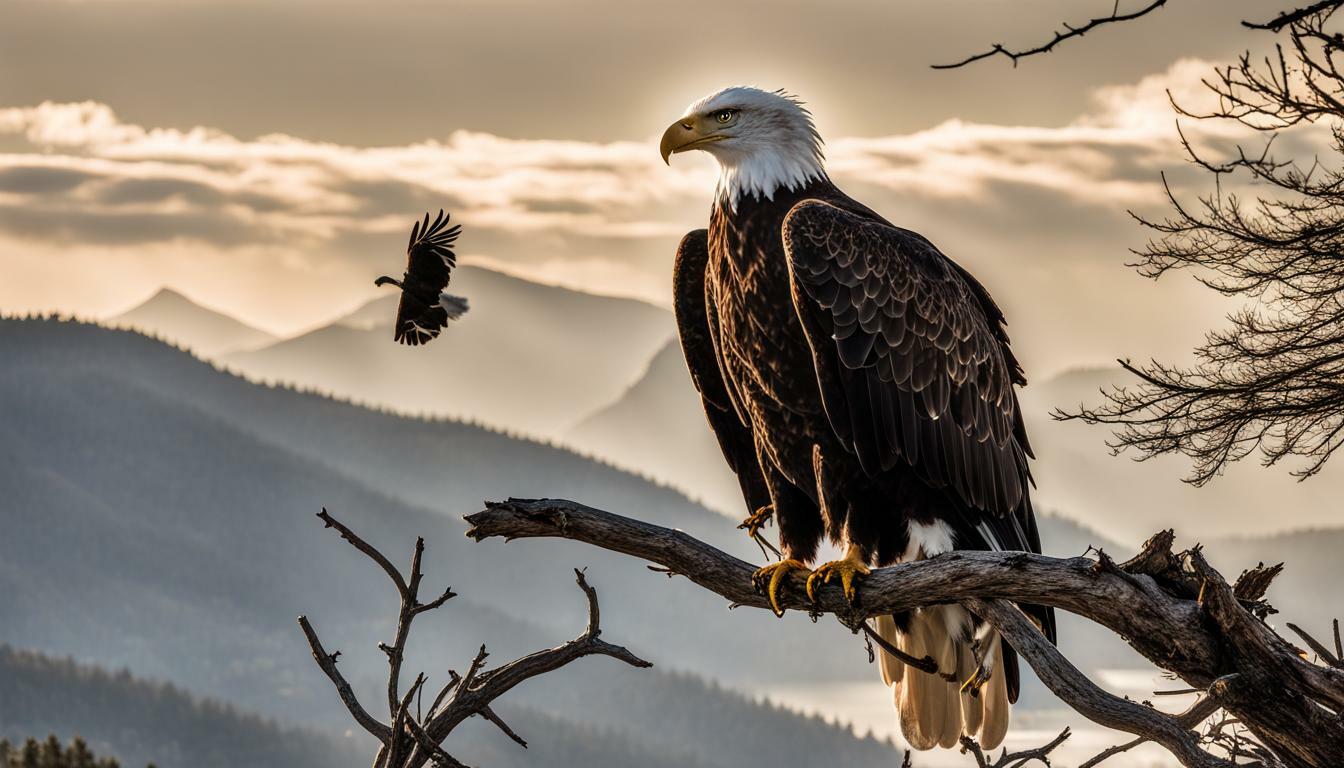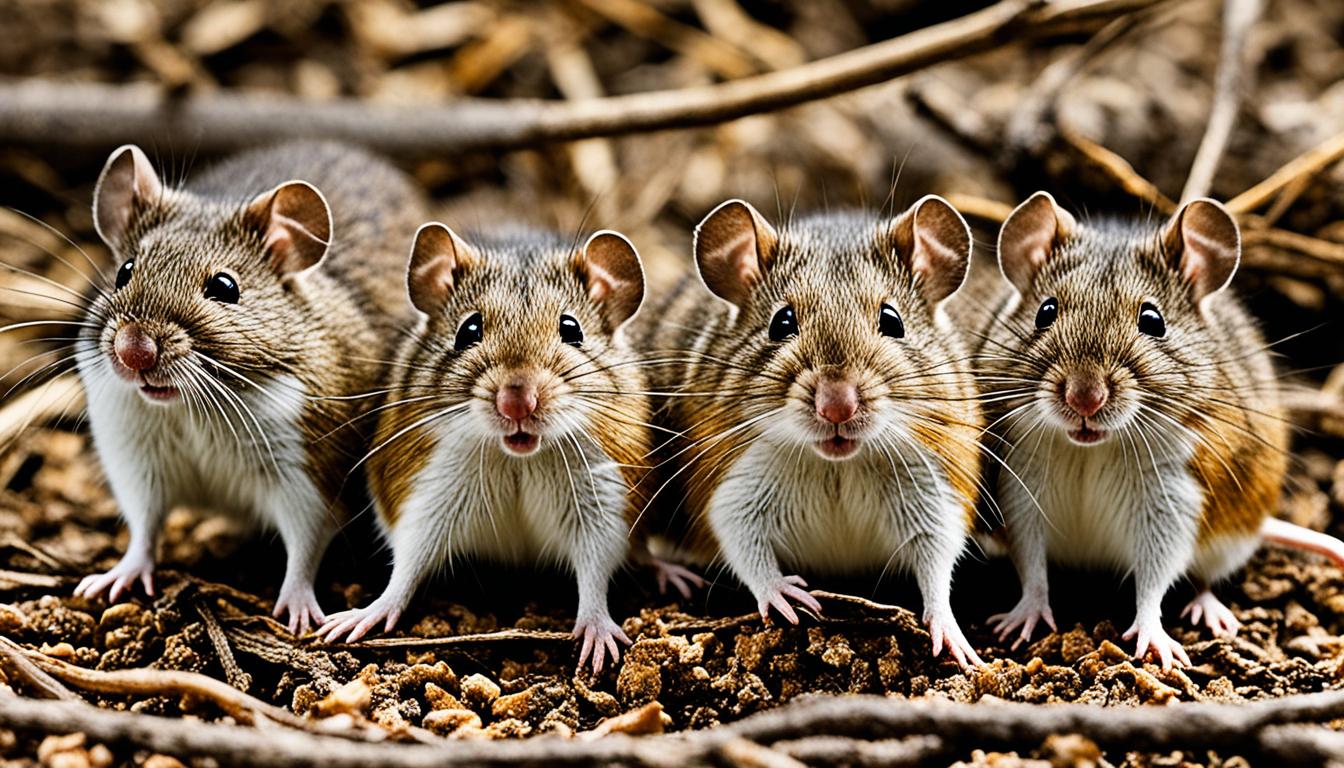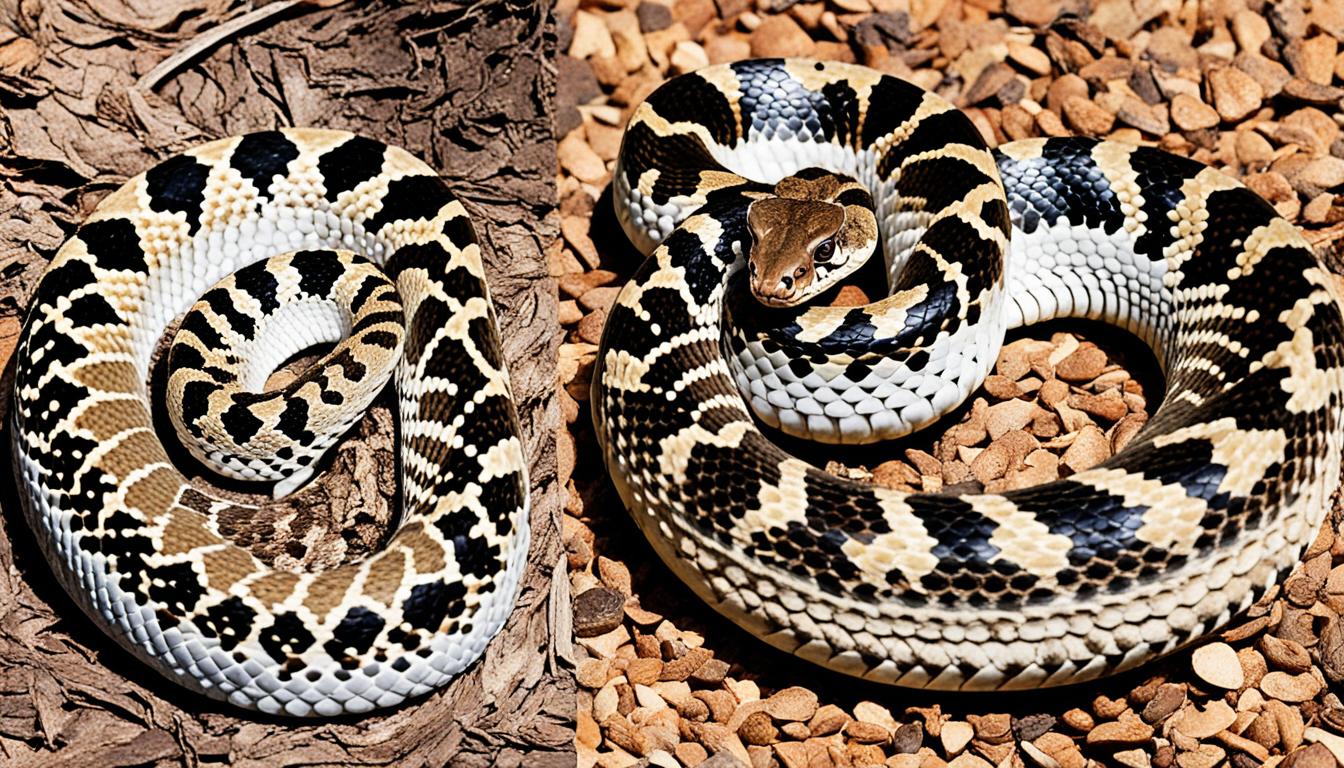If you’ve ever wondered how much do male bald eagles weigh, look no further. In this article, we will explore the average weight of male bald eagles and discuss factors that can affect their weight.
Male bald eagles are known for their impressive size and strength. They are one of the largest birds of prey in North America and can have a wingspan of up to 7 feet. Their weight plays a crucial role in their ability to hunt and survive in the wild.
Key Takeaways:
- Male bald eagles are one of the largest birds of prey in North America.
- Their weight is an important factor in their ability to hunt and survive.
- In this article, we will explore the average weight of male bald eagles and factors that can affect their weight.
Understanding the Average Weight of Male Bald Eagles
Male bald eagles are known for their impressive size and weight. On average, a male bald eagle can weigh anywhere from 6 to 14 pounds. However, some male bald eagles can weigh even more than that, with the heaviest recorded male bald eagle weighing in at over 18 pounds.
So, why do male bald eagles vary in weight? There are several factors that can influence a male bald eagle’s weight, including age, diet, and habitat. Younger male bald eagles tend to weigh less than older ones, while male bald eagles living in coastal habitats where fish are abundant may weigh more than those living inland where there are fewer food sources.
It’s also important to note that male bald eagles can have different weights depending on the time of year. During the breeding season, male bald eagles may weigh more as they need to be in optimal physical condition to defend their territory and attract a mate. In contrast, during the non-breeding season, male bald eagles may weigh less as they conserve energy and rely on stored fat reserves for survival.
Factors Affecting the Weight of Male Bald Eagles
Male bald eagles can vary significantly in weight based on a variety of factors. Here are some of the key factors that can influence their body mass:
| Factor | Description |
|---|---|
| Age | Younger male bald eagles tend to weigh less than older eagles. |
| Diet | The type and quantity of food a male bald eagle consumes can affect its weight. Eagles that have access to a reliable food source may weigh more than those that struggle to find food. |
| Habitat | The environment in which a male bald eagle lives can also impact its weight. Eagles in colder climates may weigh more to help insulate their bodies, while eagles in warmer regions may weigh less. |
| Mating Status | Male bald eagles that are actively mating may weigh more than those that are not. This is because they need to be in good physical condition to compete for mates and raise offspring. |
Overall, male bald eagle weight can be a good indicator of their health and well-being. Monitoring their weight can help researchers track changes in their population and identify potential threats to their survival.
The Weight of Male Bald Eagles in Pounds
The average weight of a male bald eagle is between 7 and 10 pounds, with some eagles reaching up to 14 pounds. Their weight can vary depending on factors such as age, diet, and habitat. It is important to note that their weight can also change throughout the year, with eagles typically weighing less during the breeding season.
To accurately determine their weight, researchers use a special scale designed for birds of prey. The eagle is placed in a harness on the scale, which then records their weight. The weight is then recorded and used for research purposes.
Male bald eagles are known for their impressive size and weight, making them one of the largest birds of prey in North America. Their weight is a crucial factor in their survival, as it can affect their ability to hunt and compete for food. Understanding the weight of male bald eagles is important for their conservation and protection.
Fun Facts About Male Bald Eagles’ Weight
Did you know that male bald eagles are smaller than females, but not by much? On average, male bald eagles weigh between 8 and 10 pounds, while female bald eagles weigh between 10 and 14 pounds. This means that even though males are smaller, they can still weigh more than some domestic cats or dogs!
Another interesting fact is that the weight of male bald eagles can vary depending on their age and diet. Younger eagles may weigh less than adults, and eagles that have access to abundant food sources may weigh more than those that struggle to find food.
Bald eagle weight can also change seasonally. During the breeding season, male eagles may need to gain weight to impress potential mates and to provide for their offspring. In the winter, when food is scarcer, they may lose weight as they struggle to find enough food to survive.
“The average weight of male bald eagles is between 8 and 10 pounds, while females weigh between 10 and 14 pounds.”
Did you know that bald eagles are one of the largest birds of prey in North America? Their size makes them an important symbol of strength and freedom in the United States, and their weight is just one of the many fascinating things about these incredible birds.
- Male bald eagles can lift up to half of their body weight, which means they can carry prey that weighs as much as they do!
- Bald eagles have hollow bones, which helps to make them lighter and more agile in flight. Their wingspan can reach up to 7 feet, which gives them incredible lift and maneuverability in the air.
- In the wild, male bald eagles can live up to 20 years, although many do not survive that long. Human activity, such as habitat destruction and pollution, can have a major impact on their survival and weight, making conservation efforts crucial for their future.
Next time you see a bald eagle soaring overhead, take a moment to appreciate their incredible size and strength, and the important role they play in our natural world.
Comparing the Weight of Male Bald Eagles to Female Bald Eagles
Did you know that male bald eagles are typically smaller than their female counterparts? This size difference can also be seen in their weight.
On average, male bald eagles weigh between 6 and 7.5 pounds, while females can weigh between 10 and 14 pounds. This means that female bald eagles can be almost twice the weight of male bald eagles!
The difference in weight between male and female bald eagles can be attributed to several factors. For example, females need to be larger and heavier in order to lay and incubate eggs, as well as protect their young.
It’s important to note that individual bald eagles may deviate from these average weight ranges depending on various factors such as habitat, age, and genetics. Additionally, a bald eagle’s weight can fluctuate throughout the year due to seasonal changes in their diet.
Overall, while male bald eagles may be smaller and weigh less than their female counterparts, both genders are equally magnificent and impressive creatures.
The Importance of Weight for Male Bald Eagles
For male bald eagles, their weight plays a crucial role in their overall health and survival. Maintaining a healthy body weight is essential for their ability to fly, hunt, mate, and defend their territory. Eagles that are underweight may struggle with these activities, which can significantly impact their chances of survival.
On the other hand, male bald eagles that are overweight can also face significant challenges. For example, carrying excess weight can make it harder for them to fly long distances or hunt efficiently. It can also put more strain on their joints, which can increase their risk of injury.
Male bald eagles’ weight is also closely linked to their mating success. Females often choose mates based on their size and strength, making it essential for males to maintain a healthy body weight to compete for mates successfully.
Overall, the weight of male bald eagles is an important aspect that researchers and conservationists must consider when studying and protecting these majestic birds.
Observing Male Bald Eagles in the Wild
Observing male bald eagles in their natural habitat is challenging but rewarding. Scientists and researchers use various methods to study the weight of male bald eagles and gain insights into their behavior and ecology.
Tagging and Tracking
One way to observe male bald eagles’ weight in the wild is by attaching tags or bands to their legs. These tags allow researchers to track their movements and monitor their weight over time. The data collected can provide valuable information about their feeding habits, migration patterns, and mating behaviors.
Remote Sensing
Another method used to study male bald eagles in the wild is remote sensing. This involves using satellites, drones, or other technology to capture images and data from a distance. Remote sensing can provide information about the eagles’ habitat, population size, and distribution, as well as monitor changes in their weight and behavior.
Direct Observation
Finally, researchers can directly observe male bald eagles in the wild using binoculars or telescopes. This method allows them to record their weight, behaviors, and interactions with other birds and prey. Direct observation can provide detailed information about their weight and food preferences, as well as their social hierarchy and mating rituals.
Through all these methods, scientists and researchers are able to gain a better understanding of the weight of male bald eagles in the wild and the factors that influence it. By studying these majestic birds, we can learn more about their ecology and biology, and work towards protecting them for future generations.
The Future of Male Bald Eagles and Their Weight
As you’ve learned, the weight of male bald eagles plays a crucial role in their survival and overall well-being. Unfortunately, they still face a number of threats that can impact their weight and health. Conservation efforts are needed to protect these magnificent birds and ensure their future.
One of the biggest threats to male bald eagles is habitat destruction. As more land is developed and natural habitats are lost, it becomes harder for eagles to find suitable food sources and breeding grounds. Pollution from human activities can also contaminate their food and water sources, leading to health issues and decreased weight.
To protect male bald eagles and their weight, conservation efforts are underway. These include initiatives to preserve natural habitats and reduce pollution in their environments. Education and awareness campaigns also help to promote responsible human behavior and protect the habitats of these majestic birds.
It’s important to remember that male bald eagles are not just symbolic of American patriotism, they are an important part of our ecosystem. By working to protect and preserve their weight and habitats, we can help ensure their survival for generations to come.
The Relationship Between Male Bald Eagle Weight and Human Activity
Human activity can have a significant impact on the weight of male bald eagles. Pollution, habitat destruction, and other environmental factors can all contribute to changes in their weight and overall health.
For example, exposure to pesticides and other toxins can lead to decreased food availability and lower body weight in male bald eagles. This can affect their survival and reproduction rates, as well as their ability to compete for food and territory.
Habitat destruction, such as deforestation and urbanization, can also have a negative impact on male bald eagle weight. When their natural habitats are destroyed or altered, they may have less access to food or be forced to migrate to new areas in search of resources. This can lead to weight loss and other health problems.
Additionally, human activity can directly impact male bald eagles through hunting, trapping, and other forms of exploitation. These activities can reduce their populations and lead to changes in their genetic diversity, which can impact their overall health and weight.
As humans continue to alter the environment and impact the ecosystems that support male bald eagles, it is important to consider the long-term effects of our actions on these majestic birds. By working to protect their habitats, reduce pollution, and conserve their populations, we can help ensure the continued survival and well-being of male bald eagles for generations to come.
Studying Male Bald Eagle Weight in Captivity
Researchers often study male bald eagles’ weight in captivity to gain insights into their behavior and physiology. In captivity, scientists can control the eagles’ diet, habitat, and other factors to better understand how these variables affect their weight.
In captivity, male bald eagles are typically kept in large outdoor aviaries that resemble their natural environment. Researchers can observe their behavior and take measurements without disturbing the birds’ natural habits. They can also take samples of their blood and feathers to analyze their diet and overall health.
One important aspect of studying male bald eagles’ weight in captivity is the ability to monitor their weight over time. This allows researchers to see how changes in their diet or environment affect their weight and overall health.
Studying male bald eagles’ weight in captivity can also help researchers develop better conservation methods. By understanding the factors that affect male bald eagles’ weight, scientists can develop strategies to protect and conserve wild populations and their habitats.
Conclusion
Congratulations! You have now learned everything you need to know about how much male bald eagles weigh. From their average weight to the factors that can influence their body mass, you are now an expert on these majestic birds.
We have delved into interesting facts about male bald eagle weight, compared their weight to that of their female counterparts, and explored the significance of weight for their survival and health.
With the increasing threats that male bald eagles face, it is imperative that we continue to study and protect their weight through conservation efforts and understanding the impact of human activity on their environment.
By studying the weight of male bald eagles, both in the wild and in captivity, we can continue to gain insights and develop strategies to protect these incredible creatures for years to come. Keep up the great work in learning about these amazing animals!
Can Male Bald Eagles Withstand Extreme Temperatures?
Can male bald eagles withstand extreme temperatures? These majestic creatures have an impressive bald eagles’ temperature tolerance in extreme weather, allowing them to adapt and thrive in various climate conditions. They exhibit remarkable resilience, enduring both hot summers and freezing winters, thanks to their impressive ability to regulate their body temperature and adapt to their surroundings.
FAQ
Q: What is the average weight of male bald eagles?
A: The average weight of male bald eagles is around 9-11 pounds.
Q: What factors can influence the weight of male bald eagles?
A: Factors such as age, diet, habitat, and overall health can influence the weight of male bald eagles.
Q: How is the weight of male bald eagles typically measured and recorded?
A: The weight of male bald eagles is usually measured using a scale, and the data is recorded for research and monitoring purposes.
Q: Are there any interesting facts about the weight of male bald eagles?
A: Male bald eagles have been known to carry up to 5 pounds of fish in their talons, which is a significant percentage of their body weight.
Q: How does the weight of male bald eagles compare to female bald eagles?
A: Female bald eagles are typically larger and heavier than male bald eagles, with female weights averaging around 13-15 pounds.
Q: Why is weight important for male bald eagles?
A: Weight plays a crucial role in the survival and overall health of male bald eagles. It affects their ability to fly, hunt, and compete for mates.
Q: How do researchers study the weight of male bald eagles in the wild?
A: Researchers use various methods such as trapping, tagging, and weighing techniques to study the weight of male bald eagles in their natural habitat.
Q: Why is it important to conserve the weight of male bald eagles?
A: Conservation efforts are essential to protect the weight of male bald eagles as it impacts their ability to thrive and maintain healthy populations.
Q: How does human activity affect the weight of male bald eagles?
A: Human activities such as pollution, habitat destruction, and disturbances can disrupt the food chain and ultimately impact the weight of male bald eagles.
Q: How do researchers study the weight of male bald eagles in captivity?
A: Researchers study the weight of male bald eagles in captivity by monitoring their diet, exercise, and health conditions within controlled environments.











